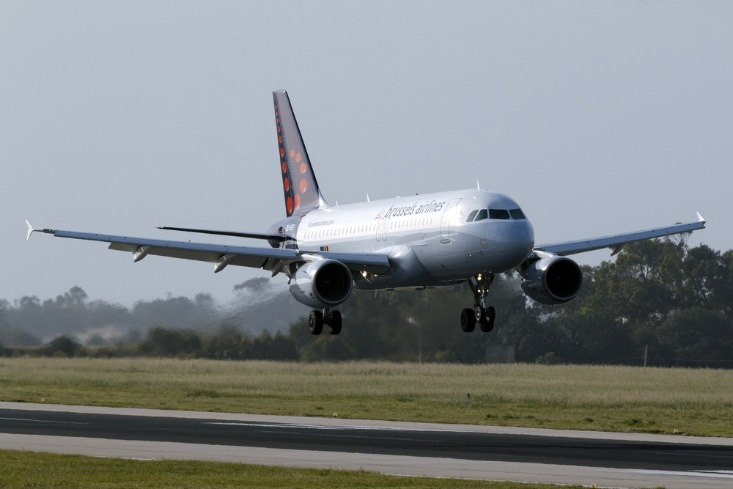In the coming years the increase in air traffic will automatically lead to an increase of the number of flights at a given airport. Aviation experts estimate that in the coming 20 years around 60 % of the top 100 airports will face congestion. Due to various reasons, it becomes more and more difficult to expand airport infrastructure, such as constructing new runways. For this reason, airports have to optimise the utilisation of runways so as to be able to cope with future traffic growth. This is the objective of SESAR Solution Dynamic pairwise separation based on airborne runway occupancy time prediction. This solution (# PJ.02-W2-14.11) is being developed with partners led by Airbus within the framework of SESAR 2020 project on airport airside and runway throughput (AART).
Currently aircraft are separated on final approach by the air traffic controller. Before clearing an aircraft for landing, the air traffic controller has to ensure that the runway is free of any aircraft. The separation to be applied on final approach depends on several factors, such as wake vortex or minimum radar separation. Wake vortex separation accounts for 10 % to 25 % of the separation factors at typical busy airports in Europe. When there is no wake vortex constraints, separation is mainly related to the minimum radar separation value, which can be adapted depending on runway occupancy time. That means that if the lead aircraft decelerates too quickly it may spend too much time on the runway, forcing the next aircraft to go around. The same would apply if the lead aircraft misses the runway exit that the pilot intended to take.
With current procedures, as the time each aircraft will spend on the runway is not known in advance the separation between arrival aircraft includes a buffer to account for this uncertainty. Runway occupancy time is a true concern primarily for capacity constrained airports. Airlines operating at those airports are affected by the snowball effects of congestion, such as delay holding or slot limitations.
The SESAR Solution will lead to a safe reduction in final approach separation. Pilots will be requested to enter information in the fight management system on the runway exit they intend to take after landing. Then, based on the landing settings and aircraft configuration, the system will automatically predict an associated runway occupancy time (ROT). This predicted ROT value and the runway exit intention will then be automatically sent to the approach control centre using automatic dependent surveillance – contract (ADS-C). This will allow the controller to safely optimise the separation behind the aircraft. The pilot will then perform a landing as per current procedures using the existing auto-brake system.
Thanks to this reliable runway occupancy time prediction the separation can be safely reduced. The separation value can be optimised depending on the predicted ROT sent by the aircraft, in this case leading to a time separation of 55 seconds; with the current rule a separation of 65 seconds will be applied behind the same aircraft as the ROT not known.
This optimisation and separation would lead to runway capacity benefits ranging from 0.5 to 1 movement per hour. This one will occupancy time prediction function brings various benefits, allowing capacity optimisation based on a reliable airborne prediction and on the collaboration between the aircraft and the air traffic control. This leads to a more sustainable utilisation of the existing infrastructure. It also leads to reduced delay resulting in reduced fuel burn and CO2 emissions.
More about the solution
More about AART

